First Class Tips About How To Get A High Body Temperature
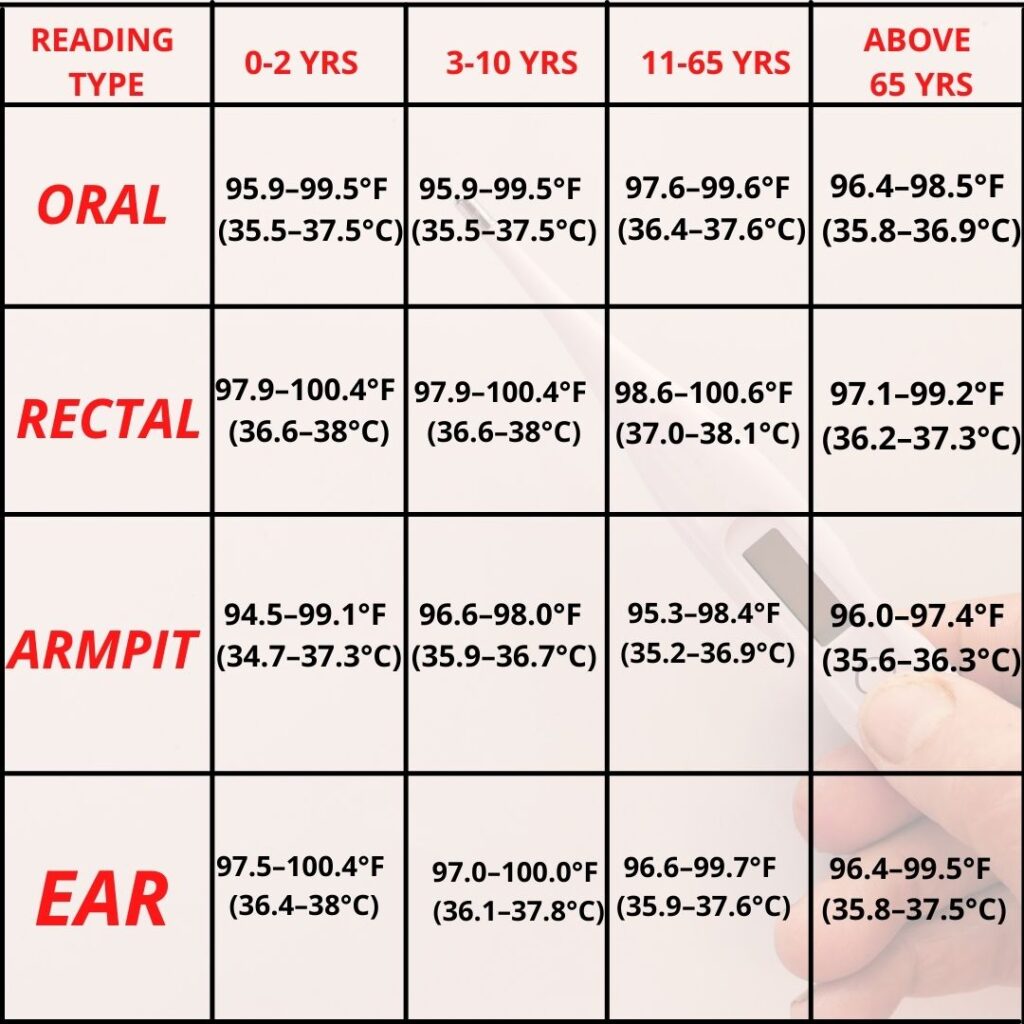
A fever is defined as a body temperature above 100.4°f (38.3°c).
How to get a high body temperature. A fever occurs when your child's body temperature is higher than normal. A fever is usually a high temperature of 37.8c or above. Your normal body temperature is approximately 37°c.
High temperature (fever) is caused by the release of certain chemicals by the immune system, usually as a result of infection or inflammation. By mayo clinic staff a fever is a common sign of illness, but that's not necessarily a bad thing. When your body temperature slips below 95 degrees fahrenheit, your organs can no longer function normally.
You may need to act even sooner when infants, children, older adults, and immunocompromised people have a fever. Check if you have a high temperature. As their body tries to conserve energy, people may feel cold more often.
Greater confidence in these associations would provide a rationale for further examining potential. 6 min read what is a fever? Stay close to someone else.
Causes of fever an infection, such as the flu, is the most common cause of fever. Sweating chills and shivering headache muscle aches loss of appetite irritability It's the opposite of hypothermia, when your body is too cold.
A high temperature is usually considered to be 38c or above. Depending on what's causing a fever, other fever signs and symptoms may include: Tips to reduce body temperature 1.
When your body is losing heat faster than it can create heat, you run the risk of becoming hypothermic; So should you treat a fever or let the fever run its course? Normal body temperature varies a little, but a temperature above 38°c is definitely considered a fever.
Viral infections are the commonest causes of a fever. Seizure loss of consciousness confusion stiff neck trouble breathing severe pain anywhere in the body swelling or inflammation of any part of the body vaginal discharge that is discolored or smells bad pain when urinating or urine that smells bad. 1 recognize the signs of hypothermia.
Overview what is hyperthermia? You may feel warm, cold or shivery. You may feel warm, cold or shivery.
Fevers usually don't need treatment. Drinking cool liquids like water or iced tea can help reduce body temperature by cooling the body. Correlations between altered body temperature and depression have been reported in small samples;

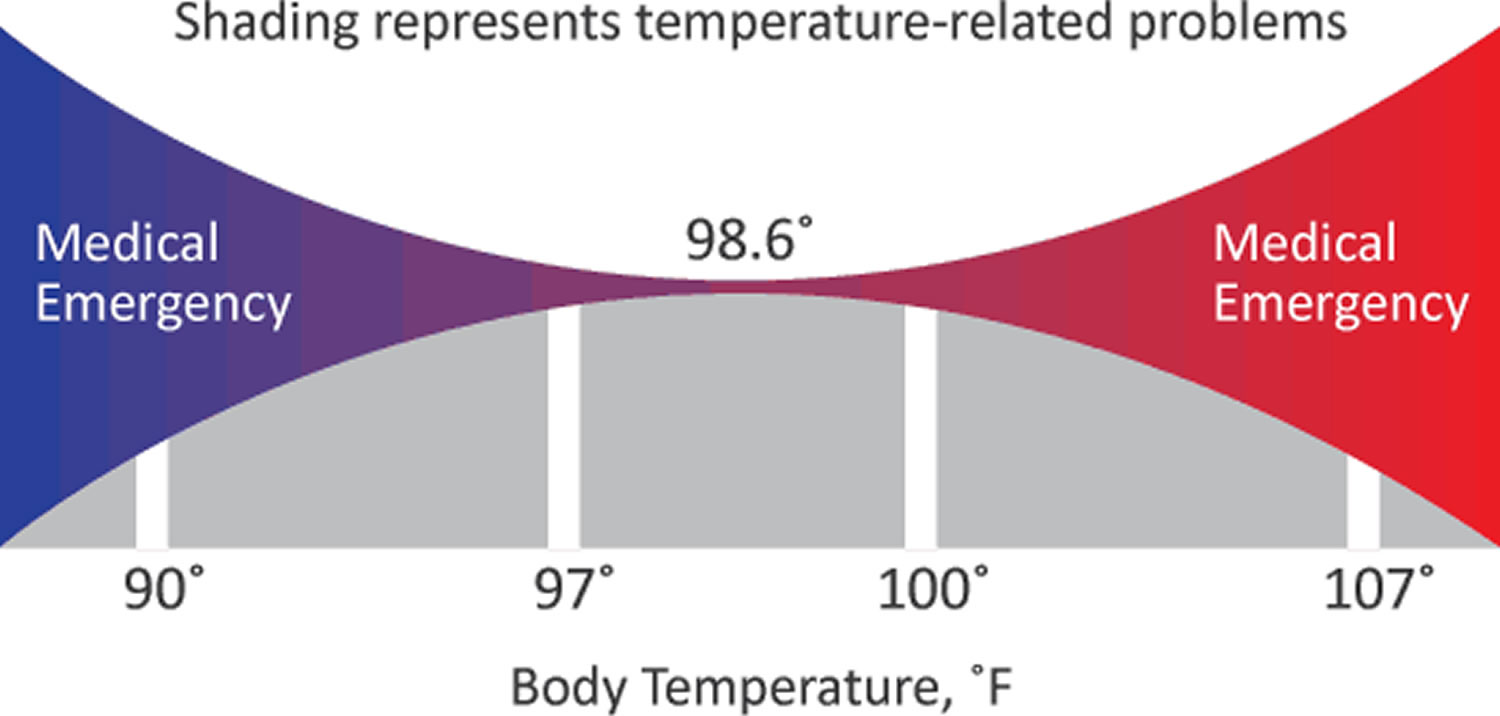

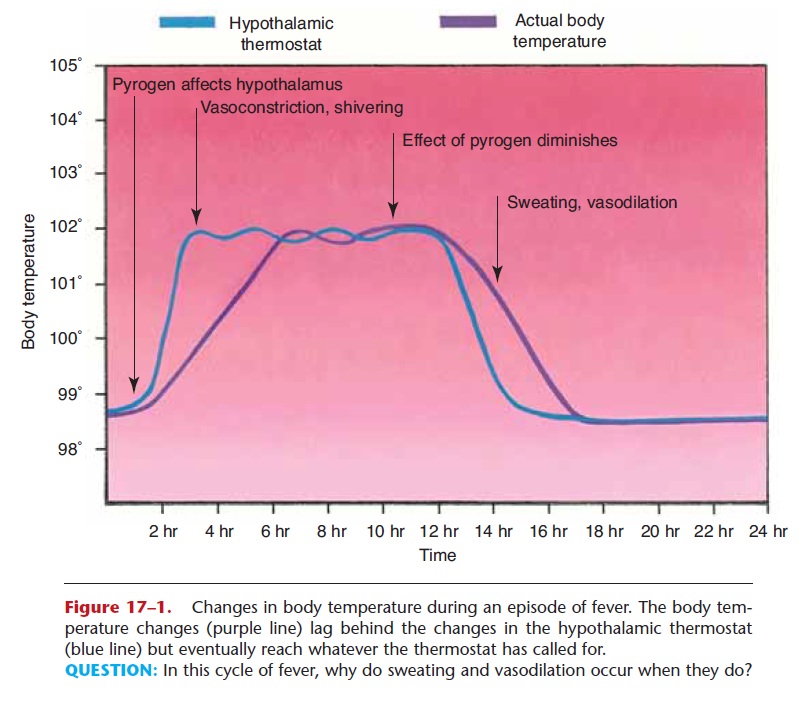


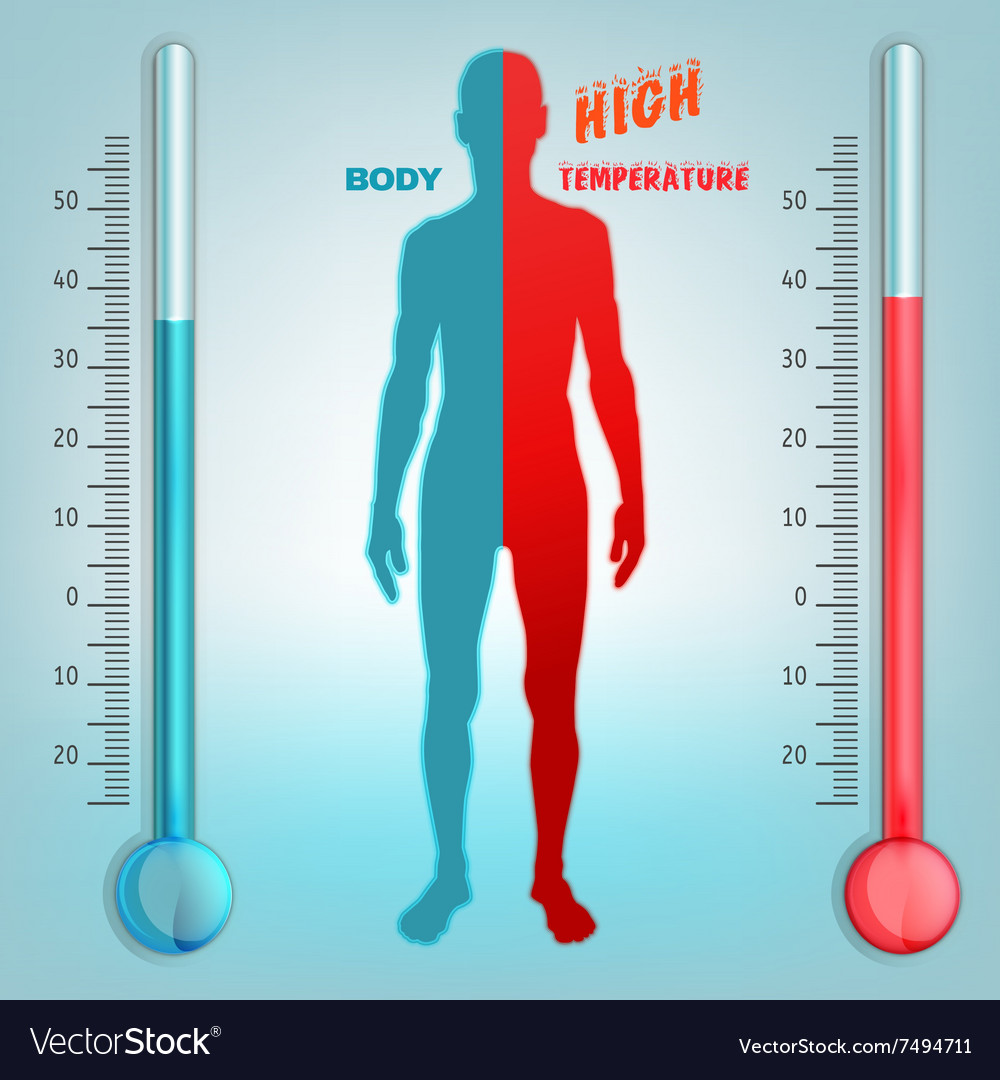

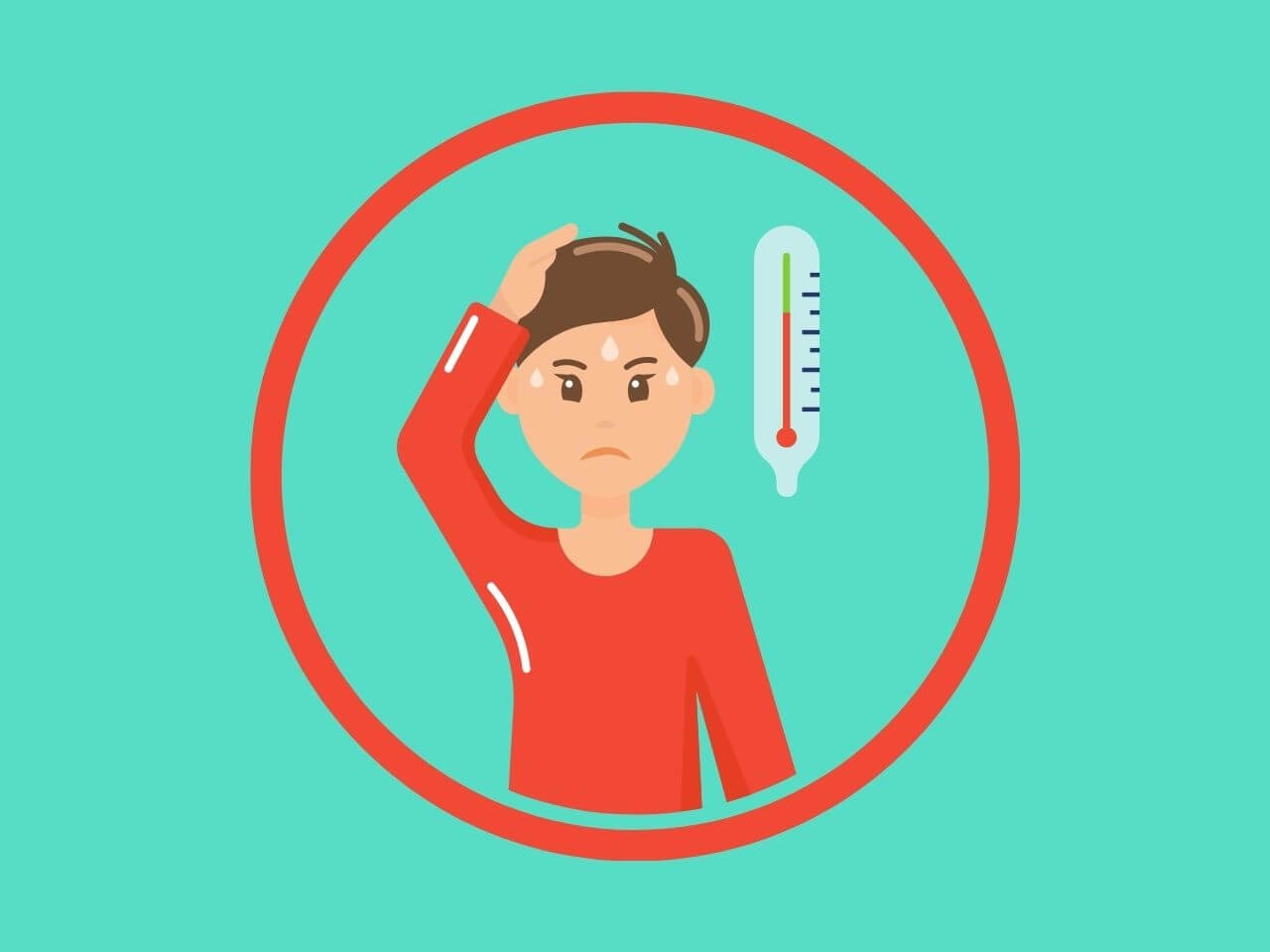

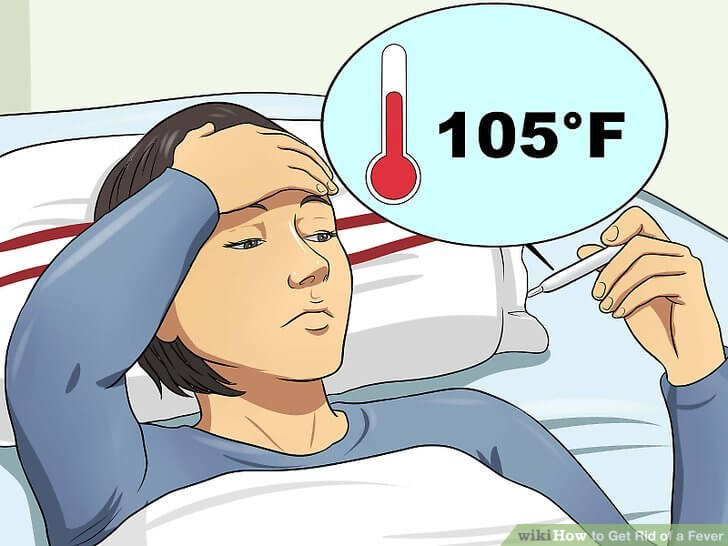
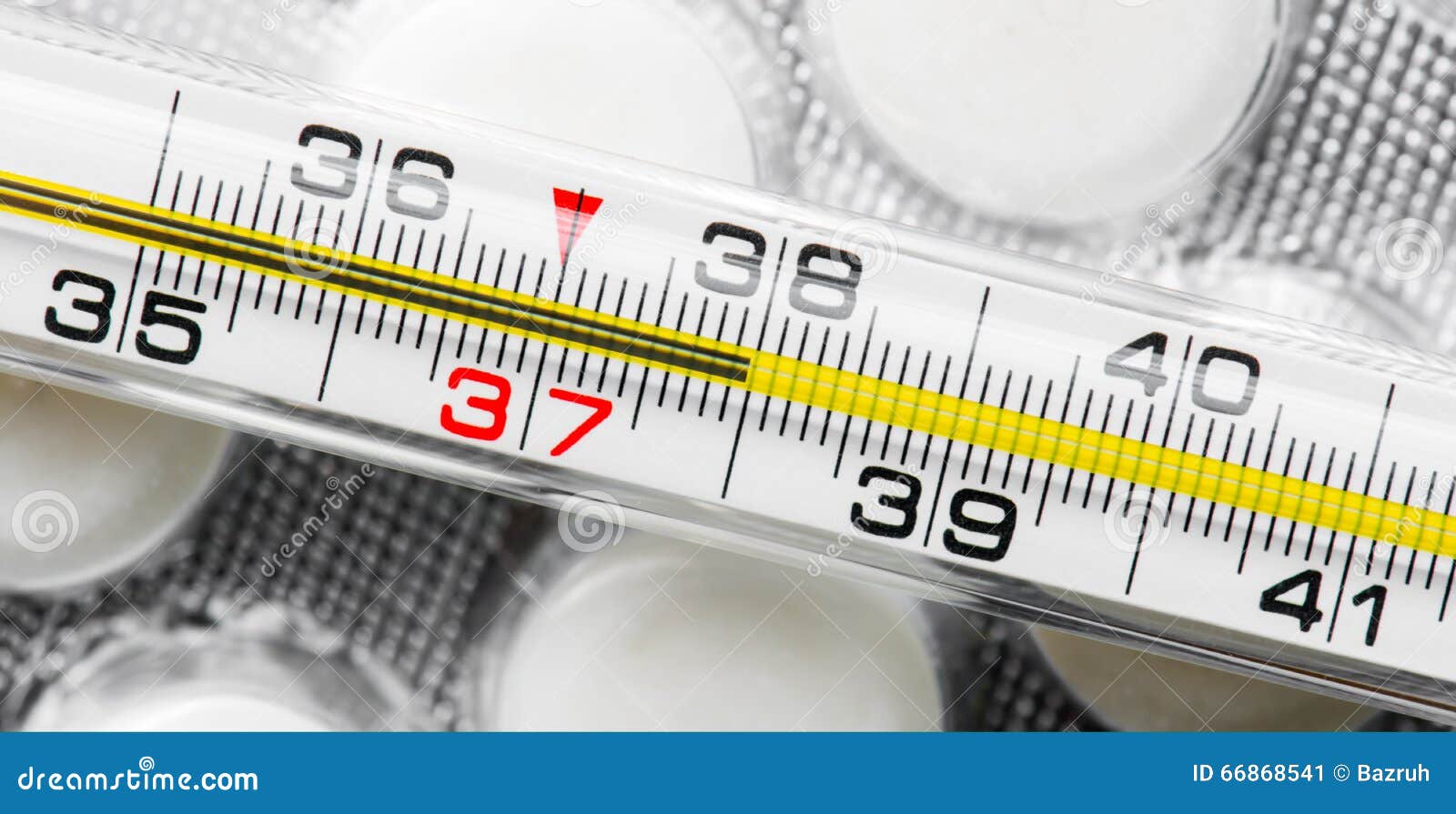
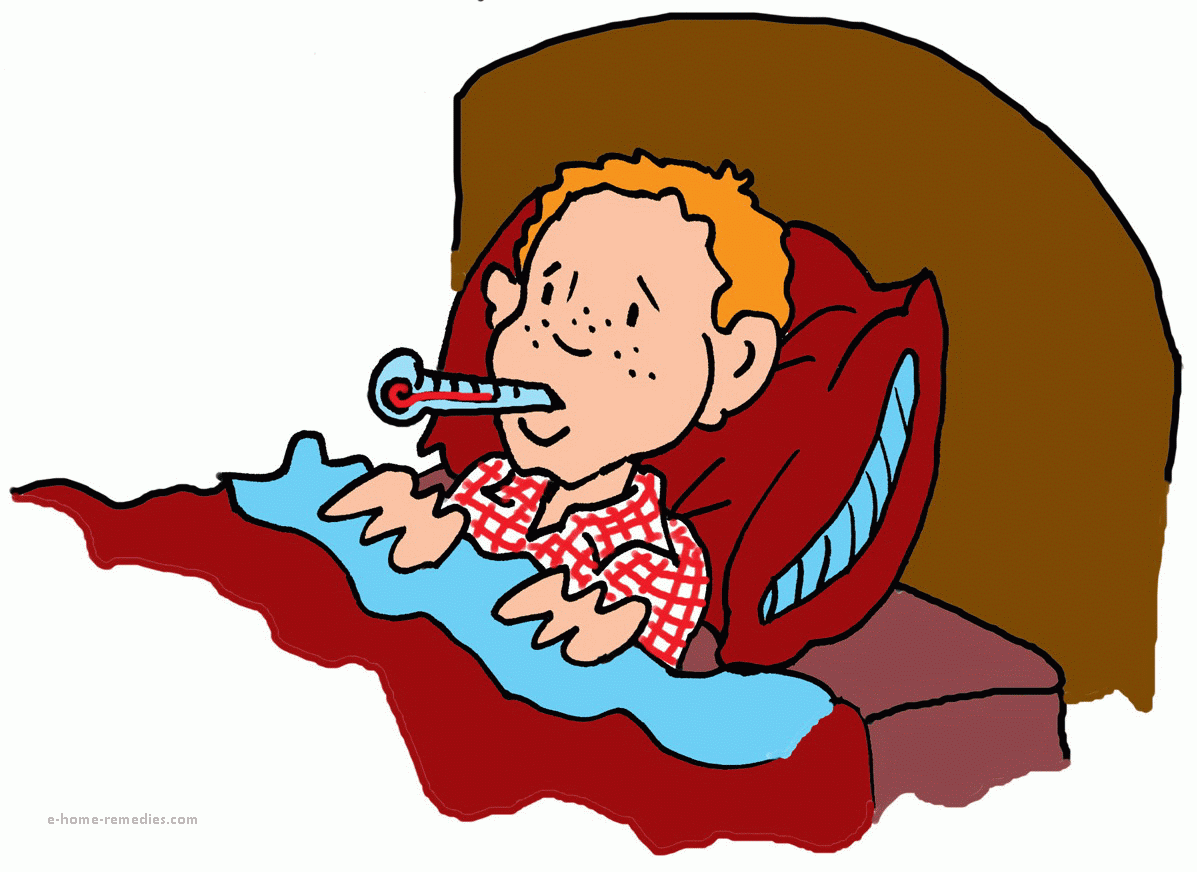
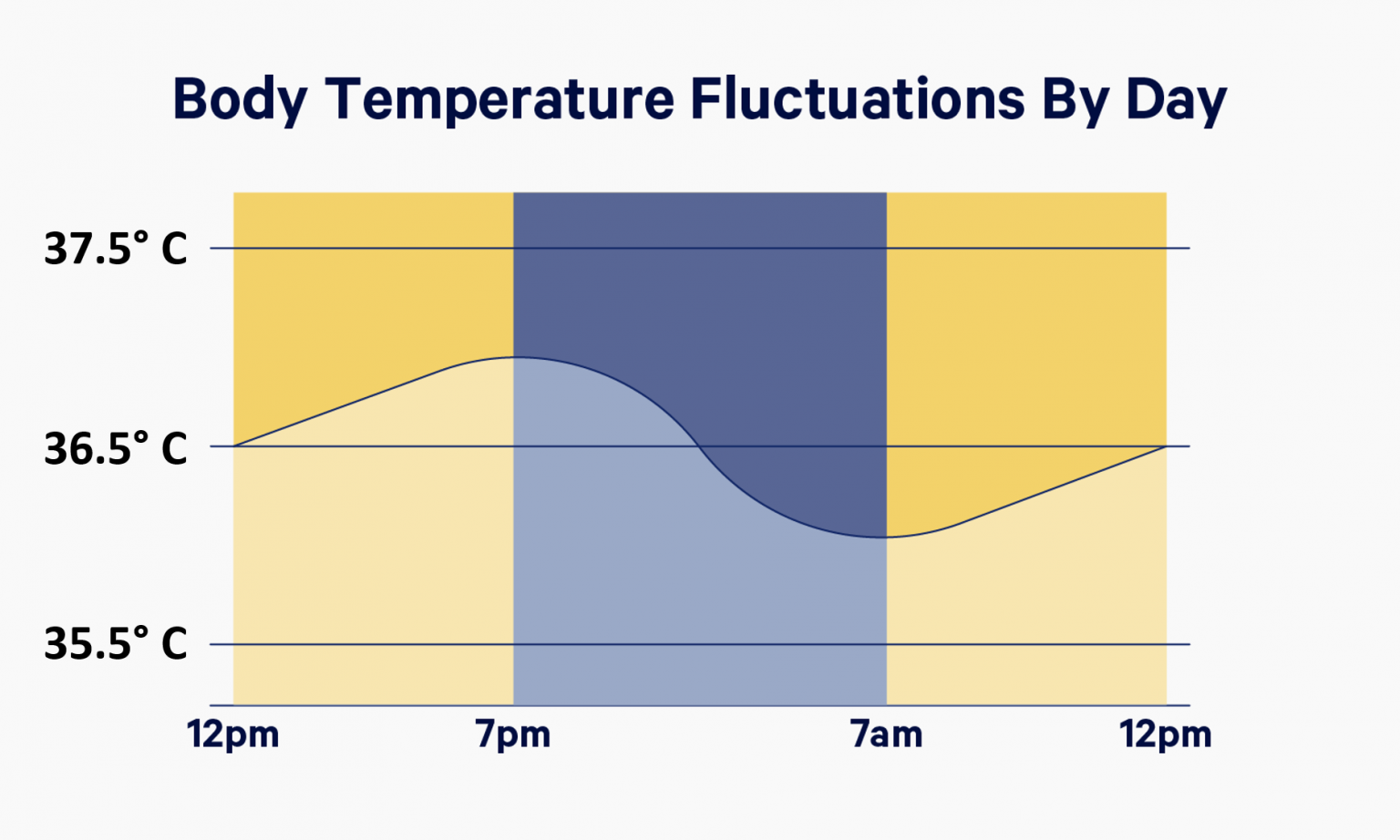
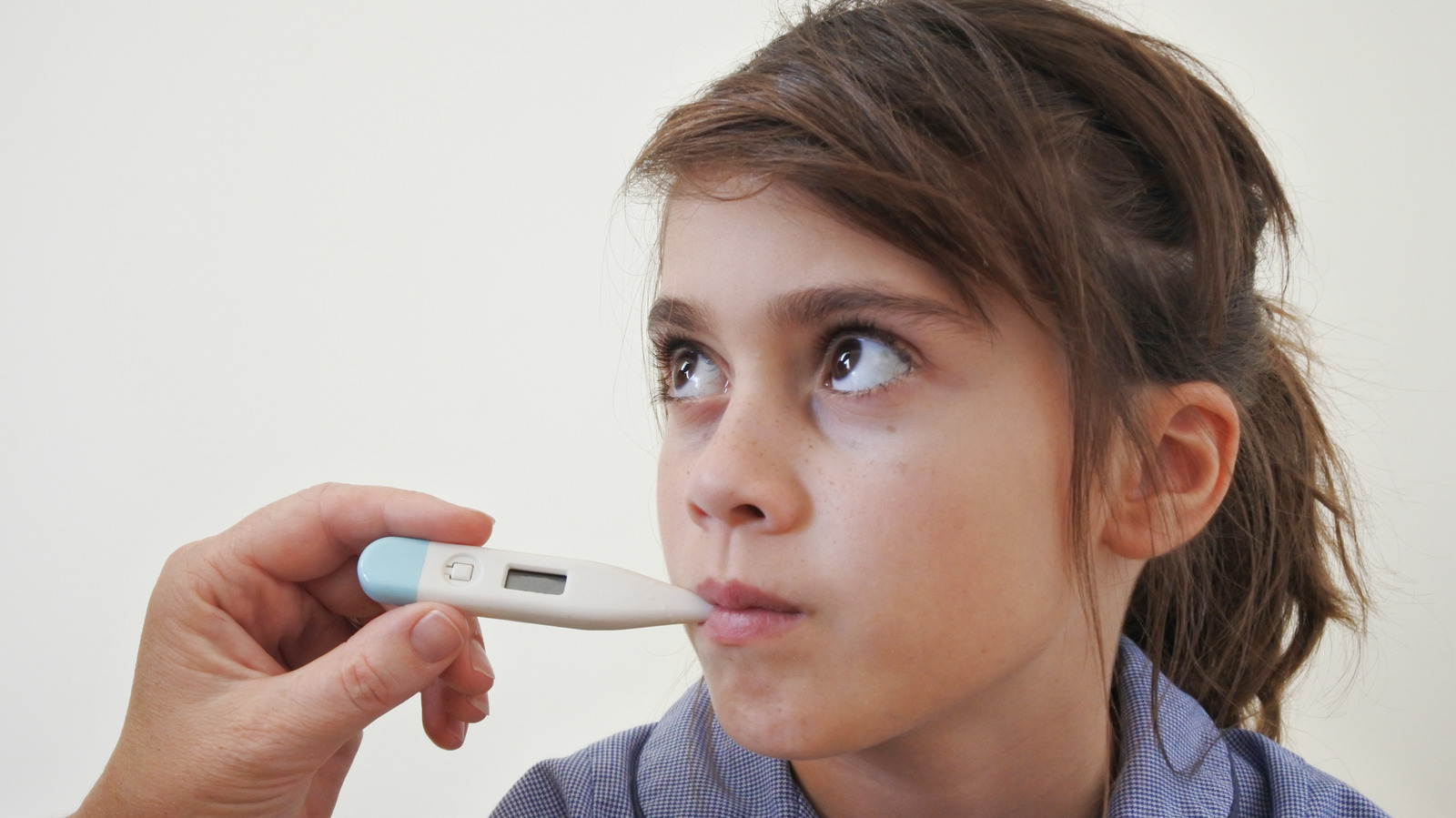
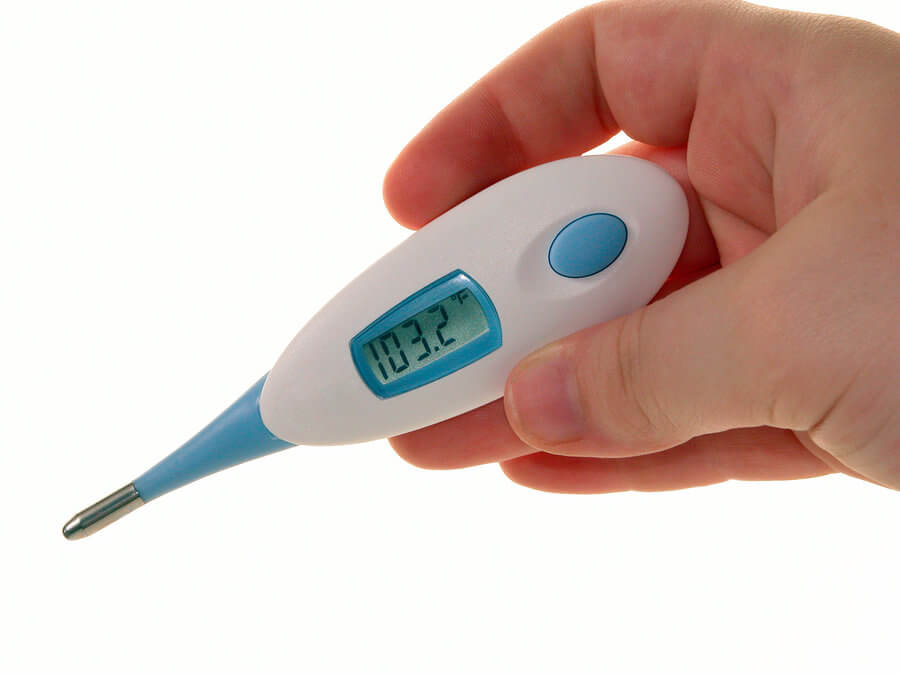
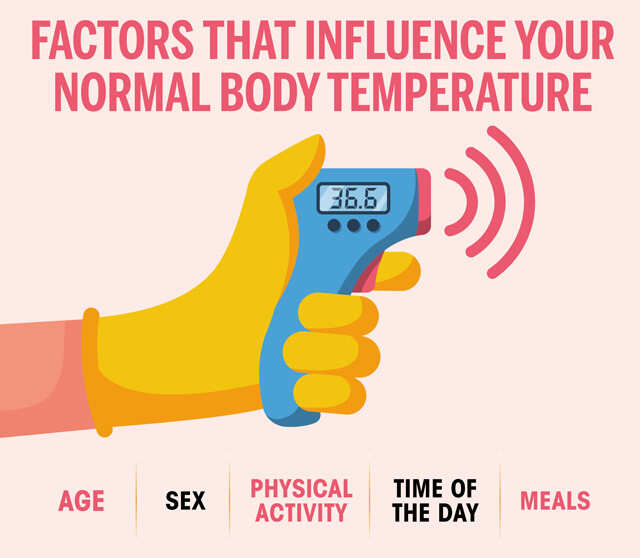
:max_bytes(150000):strip_icc()/GettyImages-1215824624-fe2d05848d6a4433a5ef3fae0bcdecb9.jpg)
